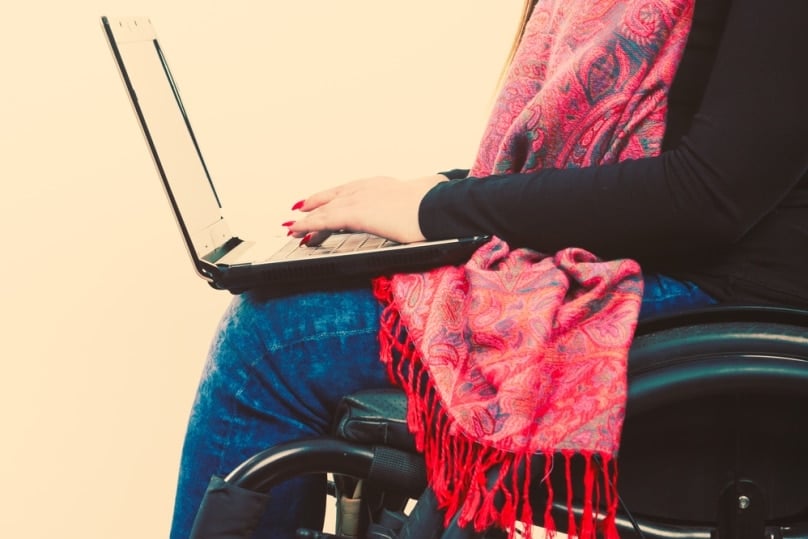
Within Christianity, to be human is to be understood as created in the image and likeness of God (Gen. 1:27): et creavit Deus hominem ad imaginem suam.
It is as imago Dei (in the image of God) that we as humans understand who we are, and what we are. Despite such inclusive intent, however, biblically based categorisations can also function to exclude.
For those who may not clearly exhibit those categories that have come to define “human”, the idea of imaging God serves as a barrier; an exclusion rather than an embrace. This alienation is most commonly experienced by those who have been gathered under another category, that of disabled.
It is this tension between the intent to include and the restrictive application of imago Dei which impacts the nature of any relationship to God deriving from it, which is the focus of a conference in Melbourne later this year.
Two Catholic biblical scholars from ACU, Dr Emmanuel Nathan and Prof Dermot Nestor, will engage with this tension at the Exclusion and Embrace: Disability, Justice and Spirituality conference to be held in Melbourne later this year.
In a paper entitled Contested Bodies: Anthropology, the Bible and Dis/ability, Dr Nathan and Prof Nestor will draw on recent anthropological research to argue that discussions around disability have less to do with the degree to which any one person can be considered able-bodied, than the deep and often unconscious manner in which individuals are categorised as members of a particular group.
Distinguishing, therefore, the simply diagnostic analysis of able-bodiedness in the Bible from an underlying stratum of self-definition and identity within biblical text can in turn contribute a level of refinement and added sensitivity when considering today’s pertinent discussions on including and fully embracing the differently abled within our churches, communities, and society.
Just as disability is an issue of growing national concern that our political leaders, in their wisdom, have attempted to tackle with the National Disability Insurance Scheme, so it poses a distinctly acute challenge to those in the Catholic Church. According to figures issued through the 2011 National Church Life survey there are 267,711 Catholics living with a disability in Australia.
There are undoubtedly many more whose lives are intertwined in some way with people who have a disability, whether as a relative, friend or carer.
While one would hope that disability would be no barrier to participating in the life of the Church to the fullest extent possible, there is still much more than can and ought to be done.
In a message to mark the International Day of People with Disability late last year, Sydney Bishop Terence Brady, who is also Chairman of the Bishops Commission for Pastoral Life, reminded us that:
“People with disability face many barriers to inclusion in many key aspects of society, including our parish communities.
“As a result, people with disabilities do not enjoy access to our faith communities on an equal basis with others.’ He added: “We can easily be oblivious to mental health issues, intellectual disabilities and hearing impairments being suffered by others … Parishes are called to be communities that gladly and authentically welcome people with disability and their families to life of the Church.”
So, I would invite those with an interest or an investment in the questions that arise out of the sometimes uncomfortable conjunction of faith and disability to attend the conference mentioned above.
The Exclusion and Embrace: Disability, Justice and Spirituality conference is being held at Melbourne’s Jasper Hotel on 21-23 August.
